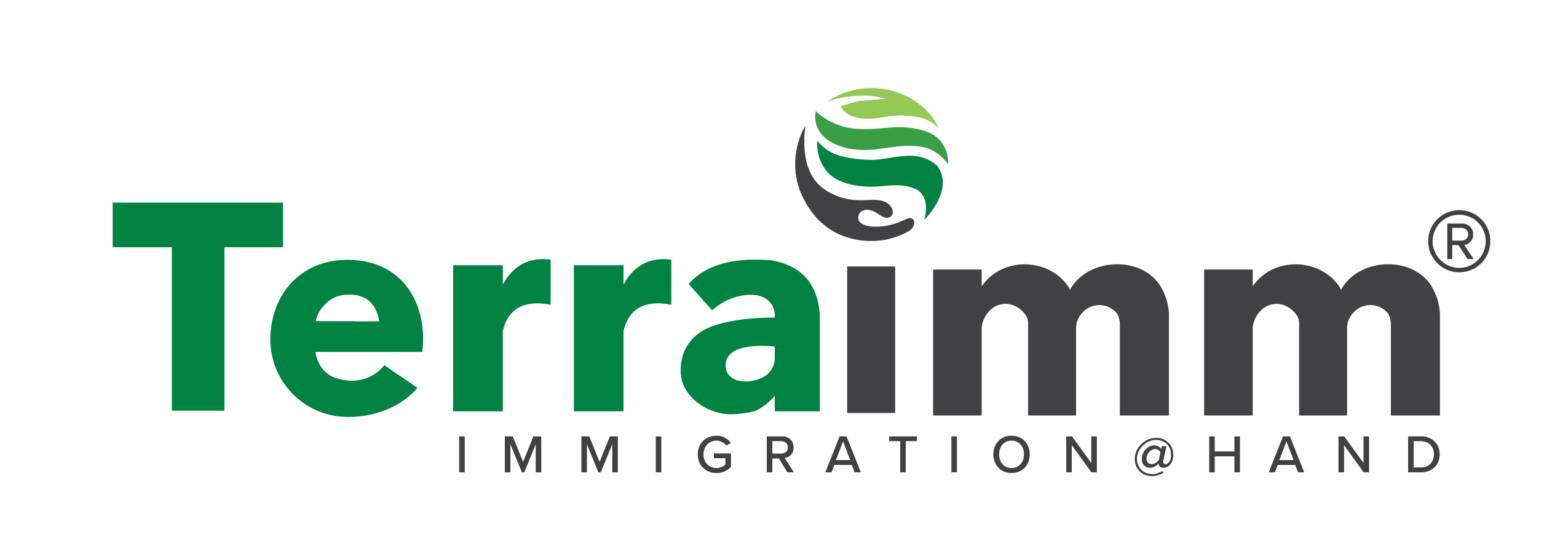For more information:
Students and Employment | USCIS
Overview:
- Introduction of the M-1 visa
- What are the benefits of the M-1 visa?
- What are the M-1 Visa requirements?
- M-1 visa process
- M-1 employment
- M-1 change of status
1. Introduction to the M-1 visa
A non-immigrant (temporary) visa called M-1 enables students to enroll in vocational education courses. Typically, junior or community colleges provide these courses. To enroll in a school approved by the Student and Exchange Visitors Program (SEVP), you must first apply and be accepted. To be admitted into the United States, you must get a Student and Exchange Visitor Information System (SEVIS) I-20 Form from this institution.
2. What are the benefits of the M-1 visa?
These are the benefits of the M-1 visa:
- You may study and live in America.
- M-1 visas allow holders to reside and pursue academic pursuits in the U.S.
- Extensions are conceivable.
- In some case cases, extensions may be granted. Three years is the maximum time frame permitted to finish a program. If the following criteria are satisfied, you may prolong that period.
- You are a legitimate student.
- The delay was brought on by educational or medical factors. Extension requests cannot be justified by academic probation or suspension
- For the duration of the extension, you may keep the status.
- In some case cases, extensions may be granted. Three years is the maximum time frame permitted to finish a program. If the following criteria are satisfied, you may prolong that period.
- Immigration benefits for your family.
- Under M-2 status, you are permitted to bring your spouse and minor children to the country. They might not be employed in America.
- Your M-2 child is free to attend any kindergarten-12th grade institution.
- A SEVIS Form I-20 provided by the university is required for each M-2 dependent.
- No annual limit on the number of M-1 visas issued.
- There is no cap on the number of M-1 visas that may be given, unlike many other types of visas.
3. What are the M-1 visa requirements?
The M-1 visa has five key requirements:
- Acceptance at a recognized institution, which will grant you Form I-20
- You must be admitted to a SEVP school to be eligible for an M-1 visa. Form I-20 must be correctly filled out and contain all necessary information
- Your desire to leave the country after your term of study is over
- To guarantee that you won’t overstay your visa, you must provide proof of your links to your native country. Leases, home ownership, bank accounts, familial links, and other things can all serve as evidence of these connections.
- Sufficient funds for your financial needs
- Since you won’t be able to work during the program, you must have the money to cover both your tuition and your living expenses.
- Bank statements, investments, dividends, scholarships, grants, and other financial self-sufficiency proof are all acceptable forms of financial self-sufficiency evidence.
- Sufficient preparation for the course of study
- To enroll in the courses you want to finish, you must be qualified.
- Standardized test results, diplomas, certificates, and other documentation showing a suitable education are all acceptable means of proving qualifications.
- Maintaining a full course of study
- At a community or junior college, you must keep a course load of at least twelve semester hours or quarter hours every academic term. The main exception is if you can finish the course of study within the term without needing twelve semesters, trimesters, or quarter hours.
- You must maintain the entire course load necessary for their program at other colleges that provide associates degree or other degree programs.
- If there is a demonstrable medical or psychological need for doing so, you can ask for a lighter course load.
4. M-1 visa process
The process of acquiring an M-1 visa involves multiple phases. The stages are listed below with a more thorough explanation following:
Apply to the school and obtain the I-20 approval form
To apply for the M-1 visa, you must have a SEVIS I-20 form, which contains your full name, contact information, a brief bio, details about the institution, your course of study, and your costs. A SEVIS I-20 form must also be obtained for any dependents.
Apply for the DS-160
You need to fill out the DS-160 form and normally provide a photo of yourself as well. You can also be required to pay a visa issuance fee if your visa application is granted. To learn more about DS-160, click here.
Document Gathering for Interview
You will need the following documents:
- Proof that you’ve paid the visa application fees
- Confirmation page for DS-160
- Passport good for at least six months of travel
- Transcripts, degrees, certificates, and diplomas from prior institutions you have attended
- Your American school requires standardized test results.
- Documents demonstrating your intention to depart the country after your program is over
- The ability to pay for all necessary living, educational, and travel expenditures.
Presenting self at Port of Entry
- You will proceed to a Port of Entry (airport, border crossing, etc.) and ask a U.S. Customs and Border Protection (CBP) representative for authorization to enter the country.
- The CBP agent will decide whether you should be granted entry by looking at your passport, visa, and Form I-20
- They will offer a paper Form I-94 Arrival/Departure Record or an entrance stamp.
5. M-1 employment
After finishing your degree of study, you are only permitted to work in temporary positions to complete practical training. The job must be suggested for practical training reasons and should be connected to the study program. Additionally, it cannot be training that is offered in your own country.
– No later than 90 days before the program’s conclusion date, you must submit Form I-765 with approval from your authorized school official to apply for a work authorization document (EAD). For every four months of full-time study completed, a month’s worth of employment authorization will be issued. A maximum of six months will pass before granting employment authorization.
6. M-1 change of status
It is possible to switch to another immigrant visa, such as the H-1B or the O-1 visa, while holding an M-1 visa.
You cannot visit the United States to change your status to an immigrant visa since the M-1 visa has a single objective (green card). However, if it was not your goal to modify your status when you entered the United States, you may apply for an employment-based visa. Additionally, if changing your status was not your intention while entering the United States, you are permitted to marry.









